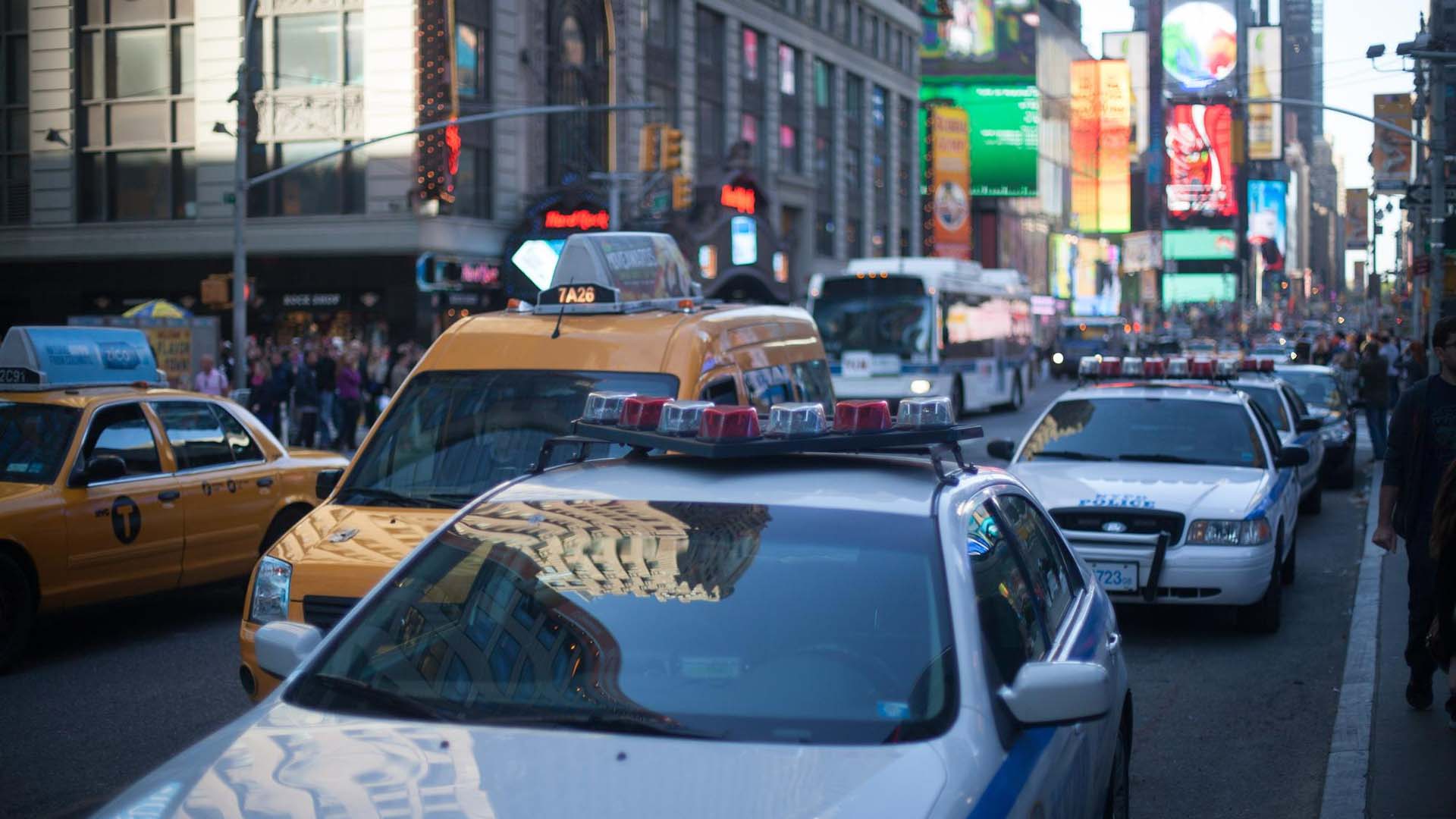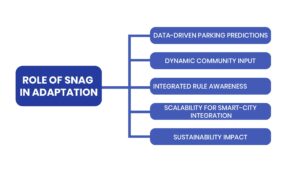
Urban Parking Problems in NYC: What Global Cities Did Right (and What SNAG Can Help Fix)
If you’ve ever driven in New York City, you already know this truth, parking here feels less like a daily chore and more like a competitive sport. Between circling for 40 minutes, scanning cryptic signs, and dodging ticket agents, urban parking problems in NYC have become part of the city’s DNA.
But while the Big Apple struggles, other major cities are quietly rewriting the urban parking rulebook , and it’s working. From San Francisco’s data-driven smart meters to Singapore’s demand-based pricing, global cities are proving that with the right mix of technology and behavioral insight, parking chaos can actually be tamed.
So what can New York learn from them? And how can innovative apps like SNAG street parking app help translate those global successes into car parking solutions NYC drivers can actually use today?
Let’s dive in.
San Francisco’s Smart Meters: Reducing Car Circling Parking Stats NYC
San Francisco faced a problem similar to New York: too many cars circling for too few spaces. Studies showed that in some districts, nearly 30% of traffic congestion came from drivers searching for parking— a figure echoed by car circling parking stats NYC.
Instead of adding more garages or widening roads, the city launched SFpark, one of the world’s first real-time parking app–driven meter systems.
Here’s how it worked:
- Parking sensors were installed in the streets to monitor real-time space availability.
- Meter prices automatically adjusted based on demand, cheaper during off-peak hours, higher when spaces were scarce.
- Drivers could check a live parking app to see open spots and updated rates before even starting the car.
The result? A measurable drop in circling time and emissions, plus a dramatic improvement in street parking turnover.
It’s a model that uses pricing as a communication tool, rewarding efficiency instead of punishing mistakes.
Now imagine NYC applying that same logic, but instead of adding new meters, leveraging an app-based ecosystem like SNAG to guide users toward low-demand areas before they even hit the congestion zones.
Singapore’s Demand-Based Pricing: A Model for Smart Parking NYC
Singapore is often cited as a model of urban efficiency, and for good reason. Its Electronic Road Pricing (ERP) system doesn’t just manage traffic, it actively shapes driver behavior.
The government introduced a dynamic pricing structure decades ago, using sensors and gantries to charge cars based on when and where they enter crowded zones.
Parking follows a similar logic:
- Peak-hour parking costs more in commercial centers.
- Night and weekend rates drop to encourage balanced distribution.
- Public transport integration ensures there’s always an alternative nearby.
This balance keeps Singapore’s streets flowing even with limited space.
In contrast, NYC often applies flat rates regardless of demand. A driver looking for street parking NYC in SoHo at 6 p.m. faces the same meter rate as one parking in Queens at 2 p.m. That disconnect fuels inefficiency, and more circling.
A demand-responsive system could easily plug into platforms like SNAG real-time parking app, showing users where parking costs and congestion are lowest at any given moment, guiding smarter choices without adding city infrastructure— an idea central to car parking solutions NYC developers are exploring.
Amsterdam’s Tech-Driven Approach: Real-Time Parking App Innovation
Amsterdam, another global standout, took a bold step toward reducing urban parking problems: they eliminated free street parking in most central zones. But instead of punishing drivers, they built a transparent, app-driven system around accessibility.
The city introduced:
- Digital parking permits linked to license plates (no physical stickers).
- Real-time monitoring through cameras and sensors to detect overstays.
- Centralized apps to find parking near me — pay, extend, or reserve parking remotely.
The result is efficiency without friction. Parking enforcement became automated, freeing officers to focus on actual violations rather than expired meters.
NYC could easily follow suit, especially since most city drivers already rely on mobile apps like parking app NYC or street parking app options for everything from tolls to takeout. With SNAG’s platform, digital permits, alternate-side alerts, and payment integrations could merge into one ecosystem.
Imagine: a system that not only finds parking NYC, but also auto-adjusts based on local demand, warns you of restrictions, and syncs payment with your stay, all in real time.
Tokyo’s Precision Parking: Lessons for Street Parking NYC
Tokyo’s space scarcity makes NYC look generous. Yet, it’s one of the few megacities where parking rarely turns chaotic.
How? Policy and precision.
Japan enforces a “proof of parking” law, you can’t register a car without demonstrating you have a designated space for it. On top of that, Tokyo’s street-level parking is managed with automated slot sensors and robotic systems that track availability to the minute.
Drivers use integrated apps that display open spaces nearby, with exact pricing, time limits, and navigation. Payments happen automatically through digital wallets.
The result: minimal circling, zero guesswork, and optimized use of every available inch of space.
For NYC, while replicating Tokyo’s infrastructure may be difficult, the digital coordination model is within reach. SNAG’s real-time parking app and AI-driven predictions already move in that direction, helping drivers see where openings are most likely before they even arrive. It’s a smart parking NYC solution that doesn’t require major construction — just smarter data use.
What NYC Can Learn from Global Urban Parking Solutions
New York’s parking gridlock isn’t due to lack of ideas, it’s due to lack of integration. City agencies, private garages, and drivers operate in silos. What’s missing is a unified data layer that merges real-time parking availability, enforcement, and pricing into one transparent system.
Here’s what NYC could adapt from global models:
- Dynamic Pricing (from San Francisco & Singapore):
Adjusting rates based on demand would ease congestion and distribute parking more evenly. - Real-Time Data Transparency (from Amsterdam):
Integrating live data from sensors, apps, and meters into a single network could eliminate redundant circling. - Smart Enforcement (from Tokyo):
Automated systems could replace outdated ticket patrols, focusing on problem areas rather than blanket enforcement. - Behavior Incentives:
Rewarding drivers who park in low-demand areas or during off-peak hours could shift congestion naturally. - Community Integration:
Using driver-generated data, just like SNAG’s street parking app, ensures continuous updates and local accuracy.
The vision isn’t about reinventing the wheel, it’s about modernizing how NYC uses its data to manage street parking NYC more efficiently.
Role of SNAG in Adaptation: The Future of Car Parking Solutions NYC
This is where SNAG fits perfectly into NYC’s future.
While the city’s infrastructure evolves slowly, SNAG’s street parking app is already delivering a glimpse of what smart mobility looks like, at the driver level.
Here’s how SNAG mirrors global innovation:
1. Data-Driven Parking Predictions for Real-Time Parking App Users
Like San Francisco’s smart meters, SNAG analyzes live data to forecast which streets are most likely to open up soon, reducing circling and fuel waste.
2. Dynamic Community Input for Smart Street Parking NYC
Similar to Singapore’s adaptive pricing systems, SNAG relies on community updates to track real-time parking demand and congestion.
3. Integrated Rule Awareness to Avoid Parking Tickets NYC
SNAG decodes NYC’s complex alternate-side, metered, and residential parking restrictions, helping users avoid parking tickets NYC, just like Amsterdam’s transparent permit system.
4. Scalability for Smart-City Integration with SNAG Street Parking App
SNAG’s API-ready design can integrate with municipal systems, making it a foundation for future citywide car parking solutions NYC planners can build on.
5. Sustainability Impact: Reducing Urban Parking Problems with Data
Reducing circling means less idling, fewer emissions, and a measurable environmental benefit, a goal shared by Tokyo’s efficiency-first approach.
In short, SNAG isn’t just a parking app NYC, it’s a blueprint for smart urban parking that could redefine how New Yorkers park and move.

FAQs About Urban Parking Problems and Smart Parking in NYC
What are the biggest urban parking problems in NYC?
New York faces high vehicle density, limited street space, inconsistent parking rules, and outdated enforcement systems. Most congestion stems from drivers circling for parking, wasting time and fuel daily.
Can car parking solutions NYC apps really help the city?
Yes. Apps like SNAG help connect drivers with real-time parking app data, reducing unnecessary driving and improving space utilization. Widespread adoption could drastically cut traffic congestion.
What do car circling parking stats NYC reveal?
Studies estimate that up to 30% of Manhattan traffic comes from vehicles searching for parking. Each driver may waste an average of 107 hours per year just circling blocks.
How does SNAG compare to global urban parking solutions?
SNAG combines the predictive intelligence of San Francisco’s smart meters, the adaptability of Singapore’s dynamic pricing, and the data transparency of Amsterdam. all tailored for NYC’s street parking challenges.
Final Word: How SNAG’s Street Parking App is Redefining Urban Parking NYC
Urban parking problems aren’t unique to New York, but the solutions are closer than ever. By learning from global cities and embracing car parking solutions NYC drivers can use through tools like SNAG street parking app, NYC has the potential to turn frustration into flow, inefficiency into intelligence, and endless circling into smart mobility.
Because the future of street parking NYC isn’t just about finding space, it’s about using data-driven, real-time parking apps to move better, park smarter, and live cleaner.
